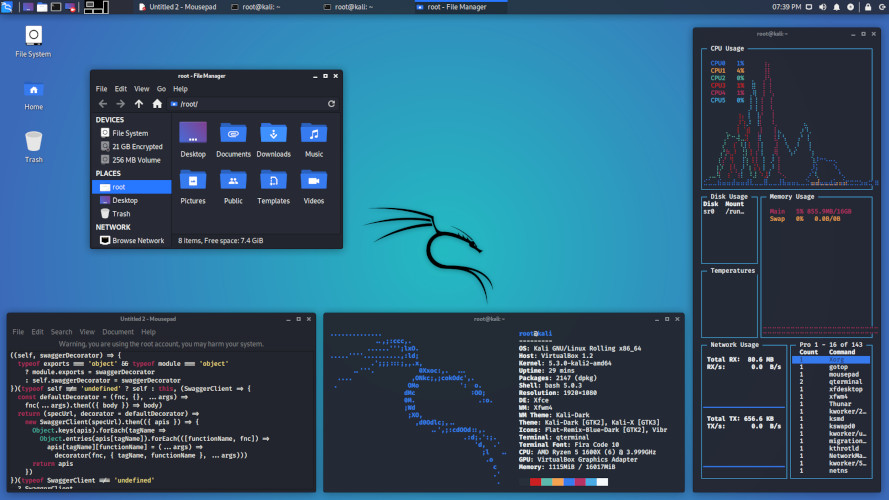
Posted on 05/17/2021 11:49:04 AM PDT by ShadowAce
In this article we are going to show you the worst Linux distributions you can start with as a beginner. Now lets say from the beginning of the article that this distributions are not bad, they are bad for beginners. And you who are reading this, if you are new to Linux it will be better to avoid them for now and maybe check them later.
But wait, what’s the difference? Aren’t all Linux distributions alike? Well the simple answer is – no. Some are more user friendly, others are more specific like for servers or corporate and other stuff. So lets start with the first on our list:

Kali Linux is an open-source, Debian-based Linux distribution geared towards various information security tasks, such as Penetration Testing, Security Research, Computer Forensics and Reverse Engineering. So if you want to use it as a every day distribution it will most likely be harder for you to get comfortable with Linux.
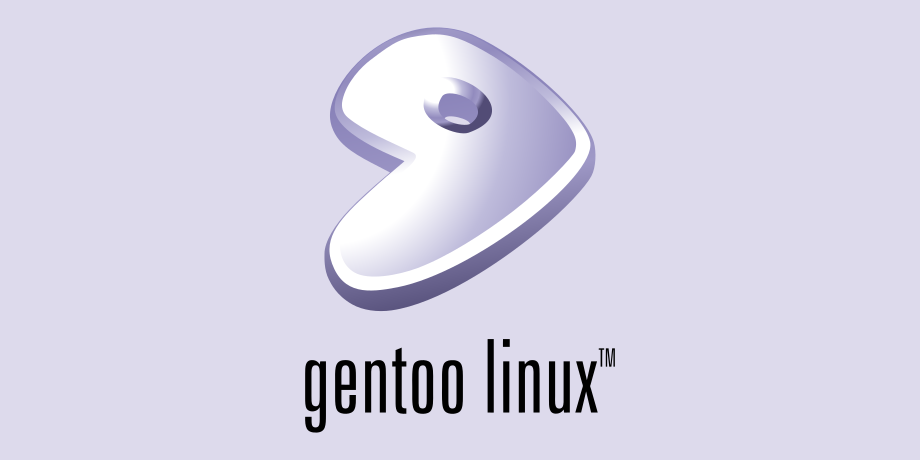
Gentoo Linux is a Linux distribution built using the Portage package management system. Unlike a binary software distribution, the source code is compiled locally according to the user’s preferences and is often optimized for the specific type of computer. Precompiled binaries are available for some larger packages or those with no available source code.

The CentOS Linux distribution is a stable, predictable, manageable and reproducible platform derived from the sources of Red Hat Enterprise Linux (RHEL). However we don’t recommend it for new users.

Red Hat® Enterprise Linux® is the world’s leading enterprise Linux platform.* It’s an open source operating system (OS). It’s the foundation from which you can scale existing apps—and roll out emerging technologies—across bare-metal, virtual, container, and all types of cloud environments. However when you see enterprise in a sentence that means not easy to use and many paid stuff too so again not cool if we want to start our Linux experience from here.

The openSUSE project has three main goals: make openSUSE the easiest Linux for anyone to obtain and the most widely used Linux distribution; leverage open source collaboration to make openSUSE the world’s most usable Linux distribution and desktop environment for new and experienced Linux users; dramatically simplify and open the development and packaging processes to make openSUSE the platform of choice for Linux developers and software vendors. And all that sound pretty good but Suse has a long way in front of them before reaching this goals and so we do not recommend it for new users.
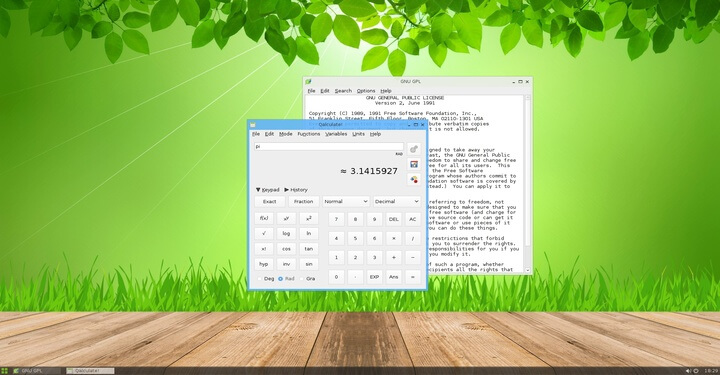
Slax is a modern, portable, small and fast Linux operating system with modular approach and outstanding design. It runs directly from your USB flash drive without installing, so you can carry it everywhere you go in your pocket. Despite its small size, Slax provides nice graphical user interface and wise selection of pre-installed programs, such as a Web browser, Terminal, and more. And we love Slax it’s a cool and small Linux distribution, but in reality it’s one of the worst choices for a new Linux user.
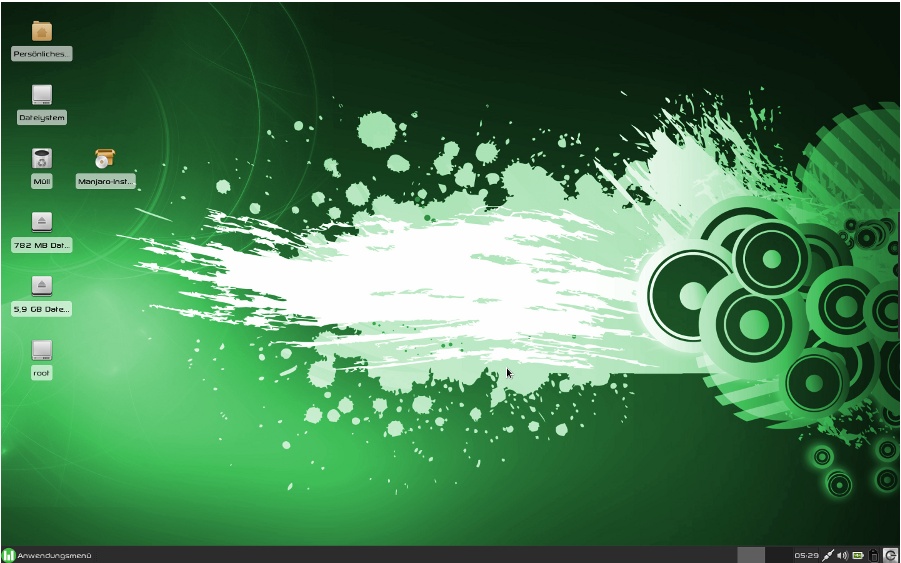
Manjaro Linux is a fast, desktop-oriented operating system based on Arch Linux. The distro provides all the benefits of cutting-edge software to get started quickly and automated tools to minimize manual intervention. It is completely free and is available for 64 Bit architectures. Again for new users this one is just a no, no.
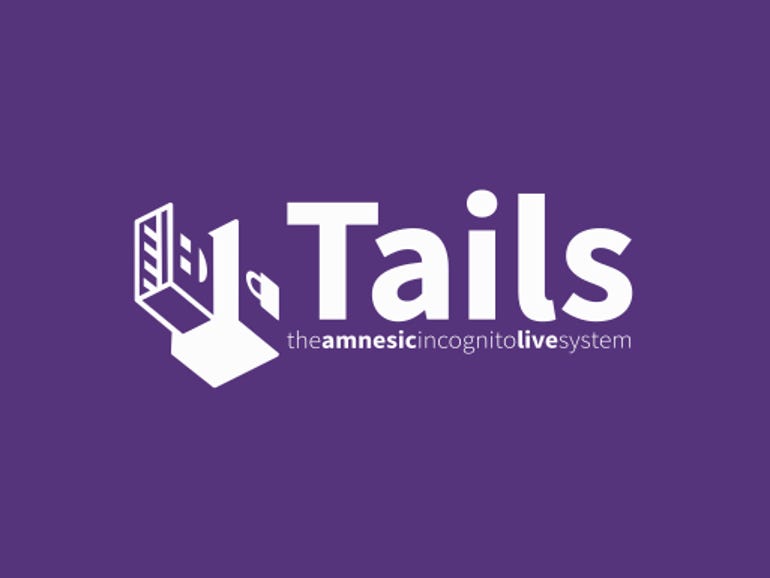
Tails is a portable operating system resistant to surveillance and censorship. The OS uses the Tor network to protect privacy online. Also, Tails includes a selection of applications to work on sensitive documents and communicate securely. Features include: resilience against surveillance, advertising and viruses; leaves no trace on the computer when shut down; based on Debian GNU/Linux etc. A very, very nice Linux distro but stay away if you don’t have at least a year with Linux.

Kodachi is designed for anyone who cares about their privacy and needs a secure, anti-forensic, and anonymous distro. The latest edition of the distro is based on Xubuntu 18.04.5 and uses a customized Xfce desktop.
Kodachi equips with all kinds of security-centric and privacy-enhancing apps along with a whole lot of regular apps to enable you to use the distro as your daily driver. Its custom desktop is designed so as to not overwhelm first time users and gives you access to all the apps while still being intuitive.
That sad Kodachi is the worst choice a new user can make….

In our opinion the best distros for starting in Linux are Ubuntu and Debian they are the most secure bet, they are reliable, stable, easy to use, there are tons of articles, tutorials, guides and how to in the network so it’s pretty hard for a new user to get stuck.
I recommend Linux Mint Cinnamon.
What about ReactOS as in ReactOS v0.4.13 rel 18? I’ve been thinking of changing...
Give it a try, and see what you think. If you don't like it, you can always go with something else.
when i went distro hopping trying to find ‘the right one’ for me- i tried manjaro- Wow- it was flaky- I ‘broke’ it a lot trying to customize it, not knowing what i was doing-
That was back when i had patience and a mind (somewhat)- now i have neither, so i have settled on, and stick with, linux mint cinnamon- Brain Fog doesn’t jive with more complicated linux distros well unfortunately
I agree 100%. It is my daily driver and has been for a while.
Manjaro is junk as far as I am concerned. Never got a kernel panic in a Debian distribution. Seems to only happen in a Arch distribution.
what are you using now? I had read that awhile ago reactos was pretty unstable, but just a quick look in reviews of it, it looks like it’s making progress-
Ubuntu is the best. Great for newbies and advanced users alike.
Same here, been using it off of a 250gb SSD for quite a while and its proven itself quite bulletproof so far.
i settled on PCLinuxOS in 2009 and have been using it ever sense. it just works for me, I have the 32 bit and a 64 bit versions
I am a recent convert to Ubuntu. I will never buy a new home computer and run Windows again. The install was super easy and it’s also easy to use. It also brings back old memories of PDP-11s when I use the Terminal. Computers are no longer boring for me. So many new things to learn and experiment with.
Last time I tried ReactOS, it wouldn’t boot on real hardware.
Better to use a real install of some version of Windows.
MX Linux is a little bit easier for a noob, but I agree with your recommendation. And they forget to mention that IBM destroyed CentOS (free Redhat with no phone support). I would recommend anyone looking for a job go with Redhat. If you want to run a desktop use Mint or MX. Here is a little nifty website for folks intrested in Linux.
distrowatch.com
I had messed with Manjaro... it was crap and unstable;
I finally went back to Kubuntu. It has (very minor) flaws, but is MUCH more stable than Manjaro, and is much better than it used to be.
That’s the one I learned to use, v18.3 I think.
Right now i’m using W7, came with the new machine I purchased some years ago.
I cut my Linux teeth on Gentoo Linux. I was gonna run it on some old hardware, so I Wanted something I could customize and get the best speed from. It was quite an ordeal, but worth is as an education into linux.
I started out with RedHat back when most stuff was only done with the terminal. Moved to Suse because of Yast, worked quite well.
Ubuntu is nice but I really like Mint Cinnamon and even my mother used Mint for a while until I got her a Windows 10 box because she even has a hard time working with Windows, Linux was a tad to far but she could browse and do Libreoffice on it. So Mint is a good choice for beginners.
Disclaimer: Opinions posted on Free Republic are those of the individual posters and do not necessarily represent the opinion of Free Republic or its management. All materials posted herein are protected by copyright law and the exemption for fair use of copyrighted works.